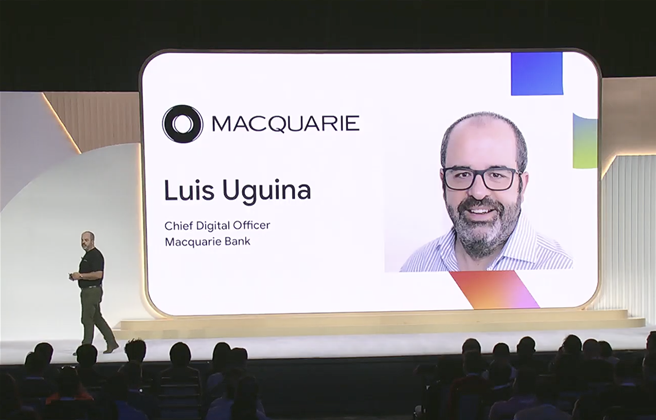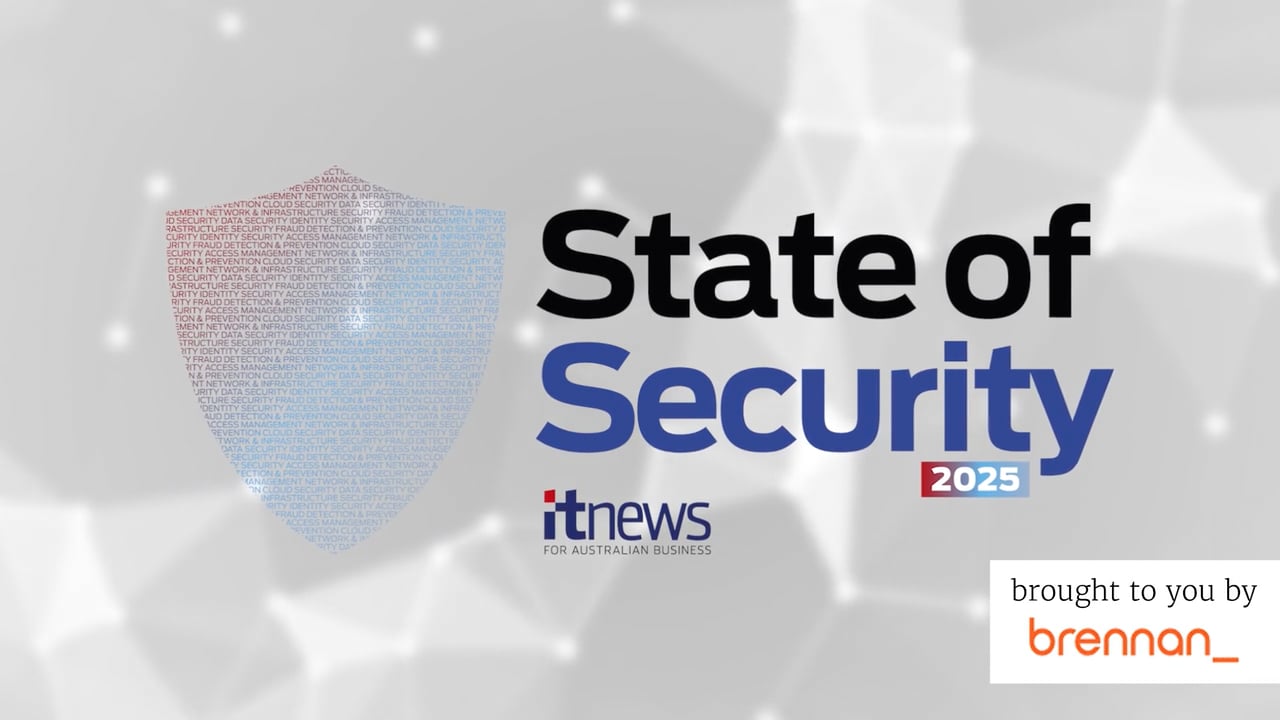Macquarie Bank Utilizes AI to Alleviate Mental Stress for Clients
We independently review everything we recommend. When you buy through our links, we may earn a commission which is paid directly to our Australia-based writers, editors, and support staff. Thank you for your support!
Quick Overview: Main Points
- Macquarie Bank is set to introduce more than 30 AI-based services by 2025.
- The objective of AI is to ease the “cognitive load” for clients by delivering actionable insights rather than mere data.
- By the year 2025, 97% of Macquarie’s digital operations and customer information will function in the public cloud through Google Cloud.
- The bank foresees a future of financial “autopilot” where AI automates routine processes like bill settlements.
- AI is not just for enhancing efficiency; it’s also focused on improving customer satisfaction and fostering revenue growth.
Macquarie Bank Adopts AI for a Future-Ready Customer Experience

Shift to Google Cloud Prepares for AI-Driven Future
Macquarie Bank is swiftly progressing with its digital transformation efforts, having migrated all client data and digital operations to Google Cloud. By 2025, 97% of the bank’s workloads will be managed on the public cloud, positioning it to embrace artificial intelligence (AI) technologies extensively.
Chief Digital Officer Luis Uguina emphasized this transition during the Google Cloud Next 25 conference, highlighting the insight from the bank’s decision in 2020 to fully commit to cloud computing. This foundational infrastructure now allows Macquarie to create and launch over 30 AI-enhanced products and services scheduled for 2025.
Alleviating Customer Cognitive Load with Intelligent Insights
Uguina pointed out that the AI initiatives at Macquarie are centered around enhancing customer experience. Instead of inundating customers with raw financial information, the bank’s AI systems strive to analyze and deliver insights, allowing customers to make quick and confident decisions.
“By providing them with insights, what we are effectively doing is minimizing cognitive load and the time customers need to comprehend what’s occurring in the system,” Uguina stated. This move toward insight-focused interfaces has gained traction across various sectors, including utilities and insurance, and is now solidifying its presence in banking.
Advancing Toward Financial Autopilot
The long-term aspirations of the bank include AI handling repetitive financial activities like budgeting, bill payments, and investment allocations. Uguina described this vision as “autopiloting”—where clients delegate intricate responsibilities to intelligent systems acting in their interest.
“Eventually, every organization should leverage customer data, customer behavior, and information to manage the business in ‘autopilot’ mode,” he added.
This forward-looking framework not only enhances efficiency but also strengthens customer loyalty by removing friction from everyday financial operations.
AI as a Catalyst for Revenue Enhancement
While most organizations primarily view AI as a cost-cutting tool, Macquarie perceives it as a way to enhance engagement and revenue. By introducing AI-driven services that simplify tasks for customers, the bank anticipates an increase in usage and customer satisfaction.
“You will have millions of customers who will appreciate using your company and your product because essentially, you are alleviating their cognitive load,” explained Uguina. He considers this the “final frontier” in utilizing AI to genuinely please customers.
AI in Australian Banking: Industry Landscape
The overarching Australian banking sector is progressively adopting AI to maintain its competitive edge. Institutions such as the Commonwealth Bank and ANZ have also made significant investments in AI and data analytics to enhance customer engagement and fraud prevention. However, Macquarie’s “autopilot” vision positions it ahead, concentrating not merely on automation but on proactive, AI-led financial management that anticipates customer needs.
As the financial services industry faces increasing pressure to deliver greater value digitally, Macquarie’s AI-first strategy may serve as a model for others in the field.
Conclusion
Macquarie Bank is poised to unveil more than 30 AI-driven services by 2025, leveraging its extensive migration to Google Cloud. The bank’s approach emphasizes minimizing mental effort for customers through tailored insights and automation, paving the way for a future where financial services function on “autopilot.” This customer-oriented strategy aims to enhance satisfaction and revenue, establishing Macquarie as a pioneer in AI-led banking innovation.
Q: What does “cognitive load” imply within the realm of banking?
A:
In banking, “cognitive load” signifies the mental effort customers need to exert to grasp and manage their finances. Macquarie intends to alleviate this by offering simplified insights and automating processes, making financial management more straightforward and instinctive.
Q: What types of AI services is Macquarie planning to introduce?
A:
Macquarie aims to introduce over 30 AI-enhanced products and services in 2025. These might entail intelligent budgeting tools, automated payment systems, personalized insights, and predictive financial guidance, all engineered to streamline the customer experience.
Q: How does Google Cloud assist in achieving Macquarie’s AI objectives?
A:
By transitioning almost all digital operations and customer information to Google Cloud, Macquarie has acquired the scalability and computational strength necessary for developing and deploying sophisticated AI models, facilitating quicker innovation and enhanced data security.
Q: What is meant by “financial autopiloting”?
A:
Financial autopiloting refers to the capability of AI to handle routine or intricate financial responsibilities on behalf of customers. This includes tasks such as bill payments, reallocating investments, and detecting unusual activities—all performed without the need for manual inputs from users.
Q: How does Macquarie’s AI strategy differ from that of other banks?
A:
While numerous banks apply AI for backend efficiencies or customer service chatbots, Macquarie is adopting a customer-centric approach, concentrating on minimizing mental workloads and proactively overseeing financial tasks, distinguishing itself through a more comprehensive AI integration.
Q: Will customers maintain control over how AI manages their finances?
A:
Absolutely. Although AI will undertake many responsibilities, customers will keep oversight and authority. Autopiloting features are expected to provide opt-in settings and customization options to uphold transparency and trust.
Q: What advantages does insight-driven banking provide?
A:
Insight-driven banking enables users to make smarter decisions swiftly by converting complex data into straightforward, actionable recommendations. This diminishes the time spent managing finances while enhancing financial understanding and confidence.
Q: When can customers anticipate access to these new AI services?
A:
Macquarie plans to deploy the new suite of over 30 AI-driven services throughout 2025, following completion
















